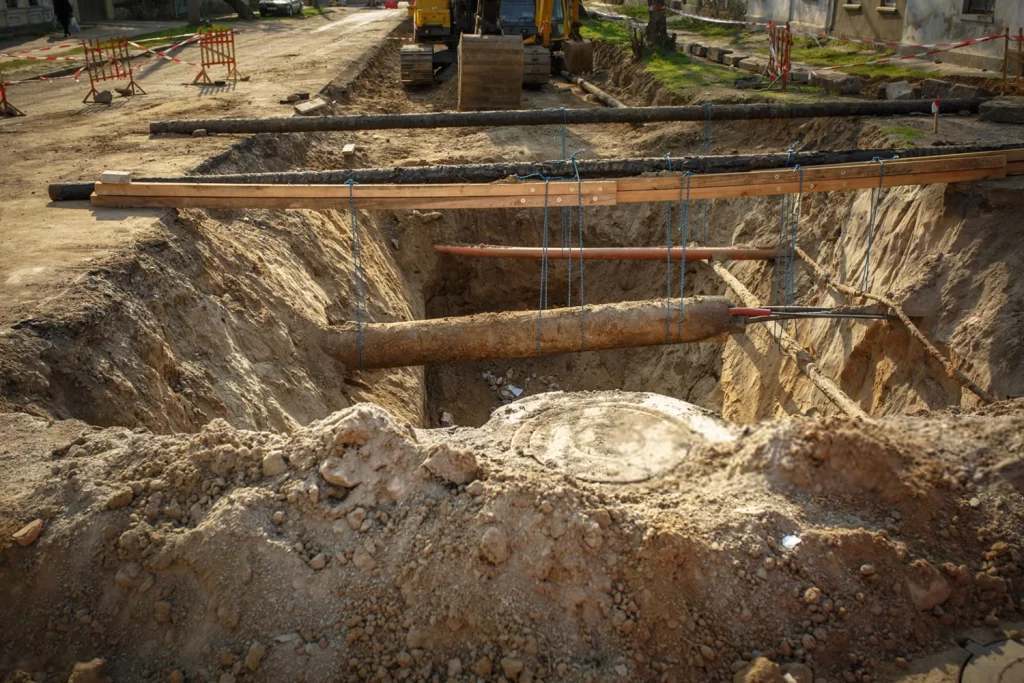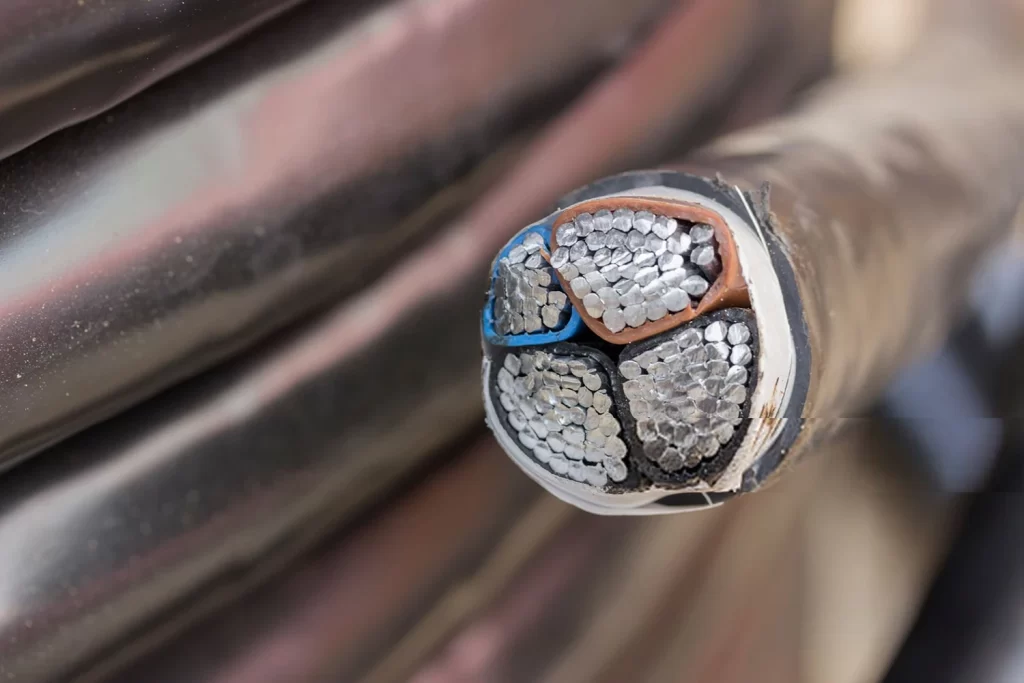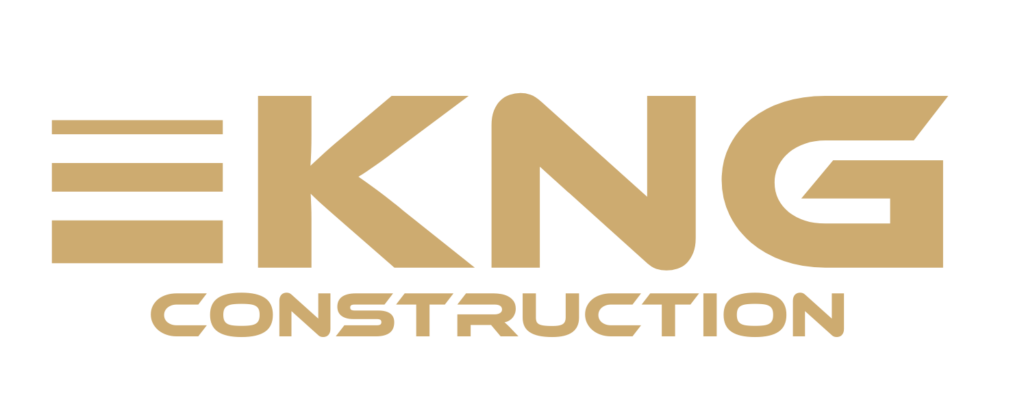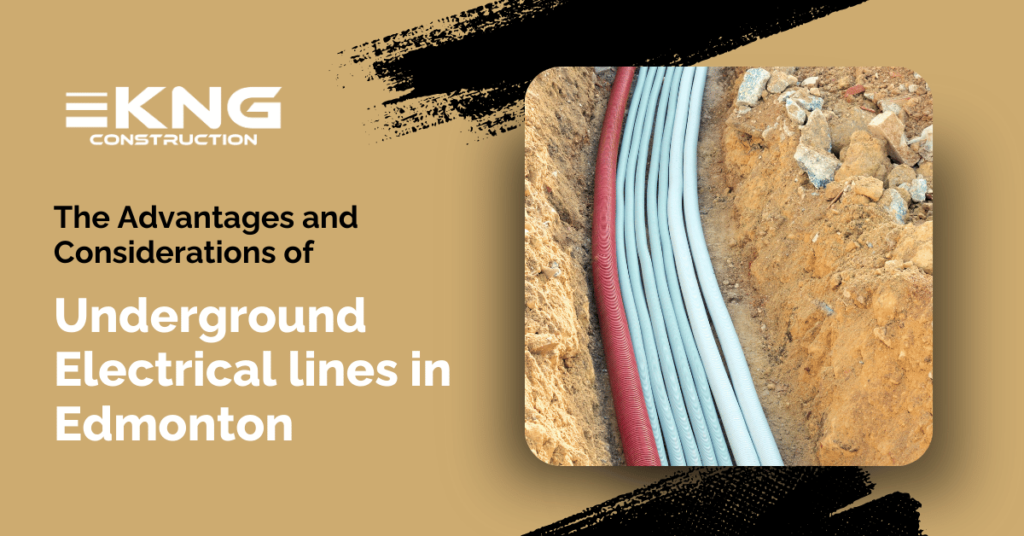While overhead power lines are a familiar sight across Edmonton, there’s a growing interest in underground utilities.
While both methods have their merits, understanding the advantages and considerations of underground electrical is crucial for informed decision-making.
KNG Construction, a leading provider of electrical services in Edmonton, explores the advantages and considerations of underground power lines.
Cost-Effectiveness: A Major Advantage

The upfront cost of installing underground power lines is significantly higher compared to overhead lines. Trenching, conduit installation, and cable laying require extensive labor and materials.
Additionally, underground infrastructure is more susceptible to damage from accidental excavation or environmental factors, leading to higher maintenance costs in the long run.
Maintenance and Repair Considerations

Overhead power lines offer easier accessibility for maintenance and repairs. Technicians can readily identify and address issues like damaged wires or faulty connections.
Underground repairs, on the other hand, necessitate locating the problem area through specialized equipment and then excavating the cable, leading to longer restoration times and potential disruption to nearby landscapes.
Environmental Impact: A Balanced Viewpoint
While some might perceive underground lines as more environmentally friendly due to reduced visibility, the construction process itself can be disruptive. Extensive excavation disrupts natural habitats and soil composition.
Additionally, ongoing vegetation management around underground lines is crucial to prevent root damage. Overhead lines, while having a visual impact, require minimal ongoing environmental disruption once installed.
Durability and Resilience in Edmonton’s Climate
Edmonton’s climate, with its freezing winters and fluctuating temperatures, can take a toll on underground infrastructure.
Underground cables are more susceptible to moisture ingress and corrosion over time. Conversely, overhead lines are designed to withstand harsher weather conditions with less risk of deterioration.
Considerations for Underground Power Lines
- Higher Installation Costs: Installing underground lines is a more complex and expensive process compared to overhead lines. This requires trenching, conduit installation, and careful cable laying, all of which add to the initial project cost.
- Locating Faults: Diagnosing and repairing faults in underground lines can be more challenging than with overhead lines. Locating the exact cause of the outage may require additional time and specialized equipment.
- Environmental Impact: While underground lines offer aesthetic benefits, the trenching process can disrupt the soil and damage existing vegetation. Careful planning and restoration efforts are crucial to minimize environmental impact.
- Permitting Requirements: Installing underground utilities often requires obtaining permits from various municipal and provincial authorities. This adds an additional layer of complexity to the project timeline.
KNG Construction: Your Partner in Edmonton’s Electrical Infrastructure

The decision to install underground power lines requires careful consideration of both the benefits and drawbacks. For growing areas in Edmonton, underground utilities can enhance aesthetics, improve reliability, and potentially increase property values.
However, the higher upfront costs, installation disruption, and potential challenges with fault repairs need to be factored in.
Consulting with experienced Edmonton utility contractors like KNG Construction can help navigate the process and ensure a successful and efficient underground power line installation.
For personalized assistance in construction services, feel free to contact us at [email protected] or call us at 780 952 2186 or 780 709 6444.


